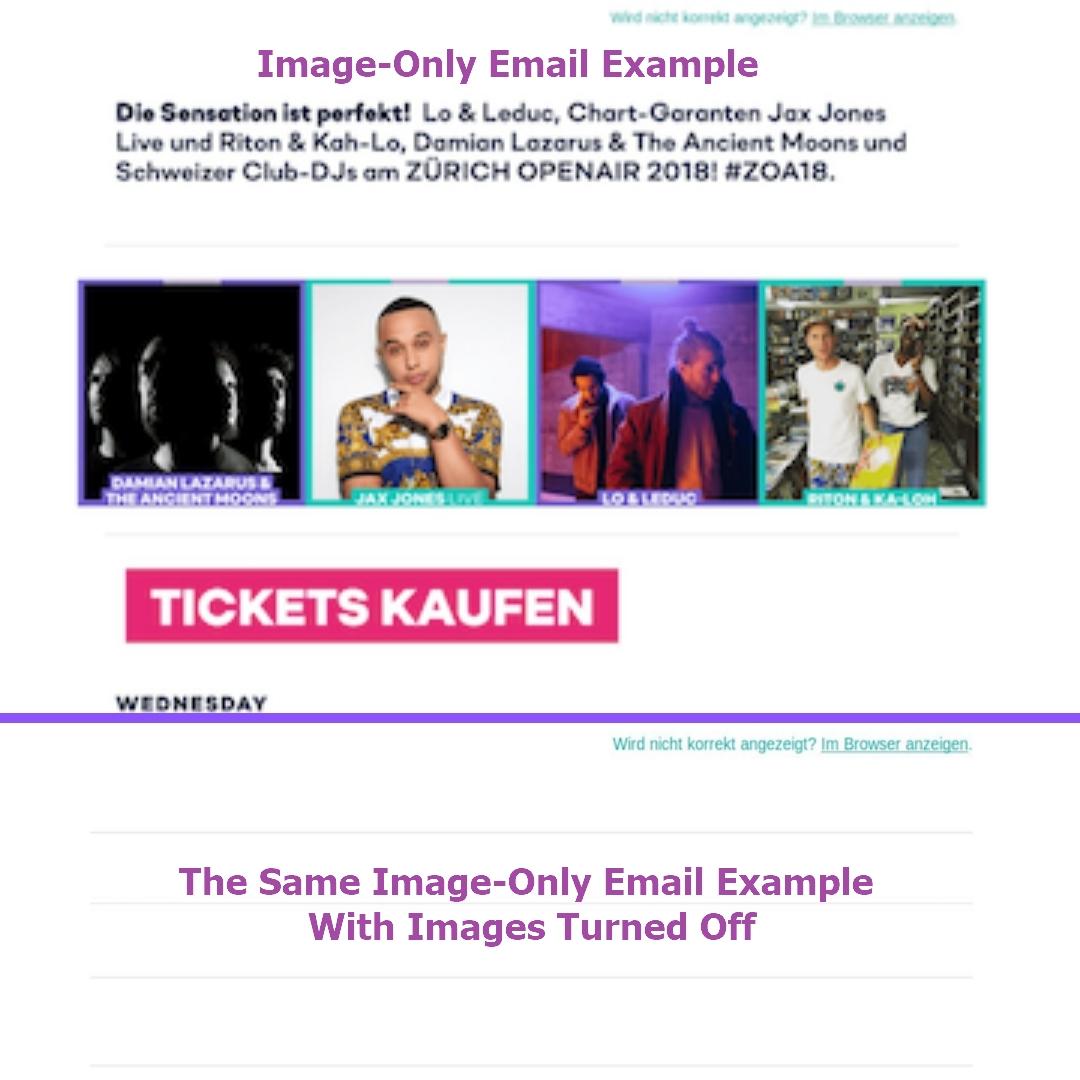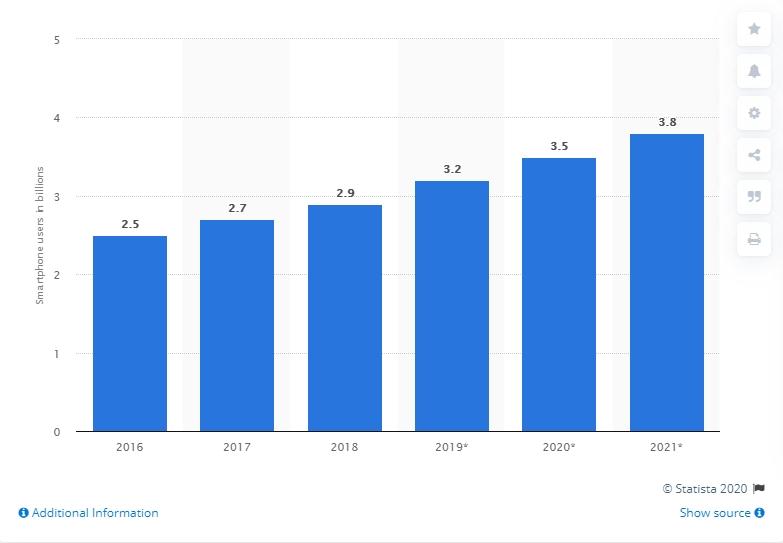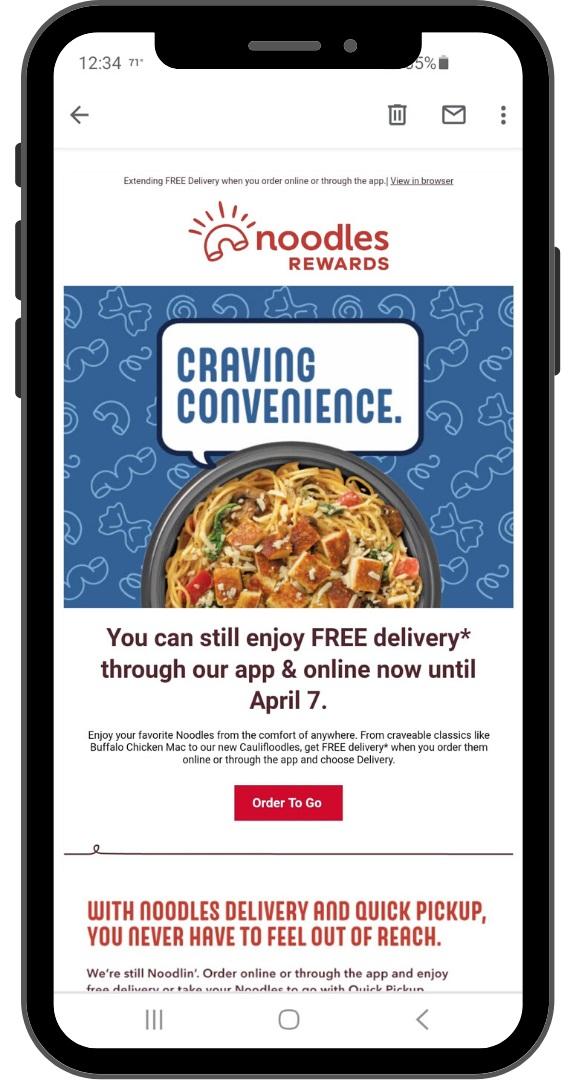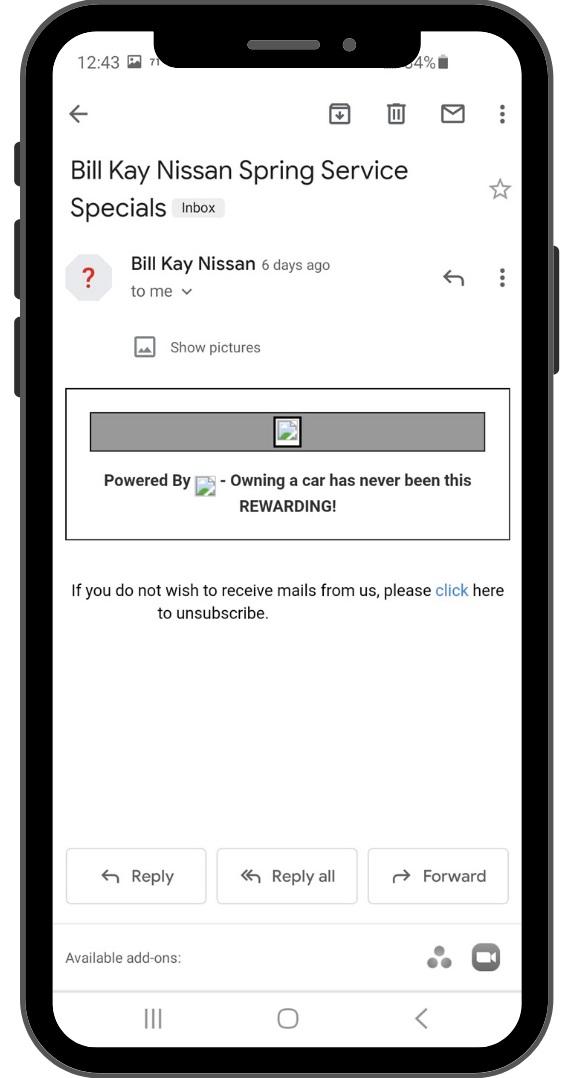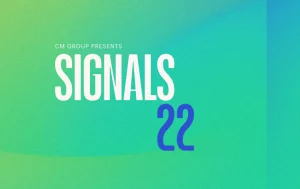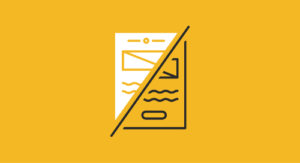Why you should never send image-only emails
Images in email campaigns are considered a design best practice. They can help to boost open rates, click-through rates, and overall engagement as well.
But images have their pitfalls. Know the phrase “too much of a good thing?” Well, that applies here. Relying too heavily on visuals in an email can lead to serious problems.
So, is it smart to send image-only emails? What about single-image emails? (And is there even a difference?)
Find the answers below.
Image-only emails vs. single-image emails: Which is better?
The answer is simple: Neither.
When you think of image-only emails vs. single-image emails, you may think of two completely different email setups. The reality is that image-only emails and single-image emails are one in the same.
Single-image emails aren't what many think. Most think of it as a message containing one image within the design of the email. While that isn't entirely wrong, it's a bit more complicated.
In email marketing, single-image emails are often referred to as emails made up of one large image. Think of it like a PDF document, which is basically a document in the form of an image — you can't edit it or select text.
While image-only emails may look attractive, they often cause more harm than good for email marketing teams. For example, it’s common for subscribers to turn off images in their email settings. In fact, nearly 43% of Gmail users read their emails this way, which means single-image emails appear empty.
Source: Pace
Sending an empty email isn't only a massive waste of your team's time and resources, but your subscribers’ time as well.
And this isn't the only risk.
5 reasons why you should never send image-only emails
Single-image emails are more challenging to design and can cause headaches for your subscribers. If you're considering an image-only email design for your next email campaign, remember these five reasons why you should reconsider.
1. You may trigger spam filters
Unfortunately, sending image-only emails is something many spammers practice. Spam filters are set up to detect anything that can seem off, like image-only emails and messages with too many links. So, to protect their users, many email clients automatically block these.
With approximately 180 billion spam messages sent out each day, having your content marked as spam is understandably frustrating. That's why you want to make sure you follow email marketing best practices and design your campaigns in a way that helps you avoid this filter.
2. There’s no preheader text
When it comes to piquing subscriber interest, email marketing professionals know just how vital an email's subject line and preheader text are. If you don't include engaging preheader text in your messages, it’s hard to expect to capture the reader's attention — especially in a crowded inbox.
With image-only emails, you can lose out on the opportunity of customized preheader text. This could make or break your email campaign.
3. Your users won't find it when searching for keywords
Subscribers enjoy being able to type in a keyword into their inbox search bar and find what they’re looking for easily. Let’s face it: If your subscriber can't find your email in a matter of seconds, they'll move on to someone else's.
When you use images, make sure you include alternative text. Should a visual not display correctly for whatever reason, your readers will have this text, so they won’t miss out on your content.
4. You could become a mobile nuisance
With the number of smartphone users worldwide forecasted to jump from 3.2 billion in 2019 to 3.5 billion in 2020, you should start prioritizing your mobile subscribers. That means mobile-friendly email designs are an absolute must have.
Source: Statista
Initially, you may think an image-only email would be simpler thanks to the smartphone’s typical one-column design — but your readers might not be able to view everything.
Mobile-friendly emails that balance both images and text allow your email to be adjusted to your subscriber's screen. This ensures all elements show up and are comfortably viewable no matter which device your subscriber is using.
In an image-only email, the text is set in stone — meaning it can’t be adjusted for the viewer. This can result in text that’s unreadable on smaller devices, calls to action (CTAs) that aren't functional, and images that appear fuzzy (or otherwise distorted).
Source: Gmail
5. Your email could be unopenable
Not only does an image-only email run the risk of not rendering properly, it may not render at all. Many mobile email clients still block images from opening by default. If a user hasn't manually turned on the option to "always display external images," it's more than likely your email will look like this message from Nissan.
Source: Gmail
The problem with single-image email designs, besides giving readers the impression you can't properly format, is that you’re going to start alienating your subscribers. They signed up for your email list because you proved you had something to offer. Once they start receiving messages that won't load, they might assume you can't follow through on your promises.
While this might lead to an unsubscribe, it could also lead to a consumer complaint — in the form of marking your message as spam or as a poor review online. Why is the latter so important? Because approximately 86% of consumers read reviews for local businesses, and over 90% of those between the ages of 18 – 34 trust online reviews just as much as (if not more than) a personal recommendation.
If your brand receives negative reviews based on poorly performing email campaigns, you could lose potential new leads.
Wrap up
Your email campaigns are an essential part of your digital marketing strategy, and the visuals you use within them are even more so.
Even though visuals tend to boost metrics, be cognizant that “too much of a good thing” applies here. If you're considering an image-only email campaign, make sure you remember these five reasons why you might not want to:
-
Spam filters will likely block your message
-
Subscribers won't be able to search for your message
-
They don't include vital preview text
-
Small mobile screens don’t render these emails well
-
Data-heavy messages may not open at all
Looking to spice up your emails? Check out Emma’s dynamic content and start creating personalized messages that get people clicking.
MOST RECENT ARTICLES
Want to engage your audience and grow your brand? Try Emma's robust easy-to-use product today.

